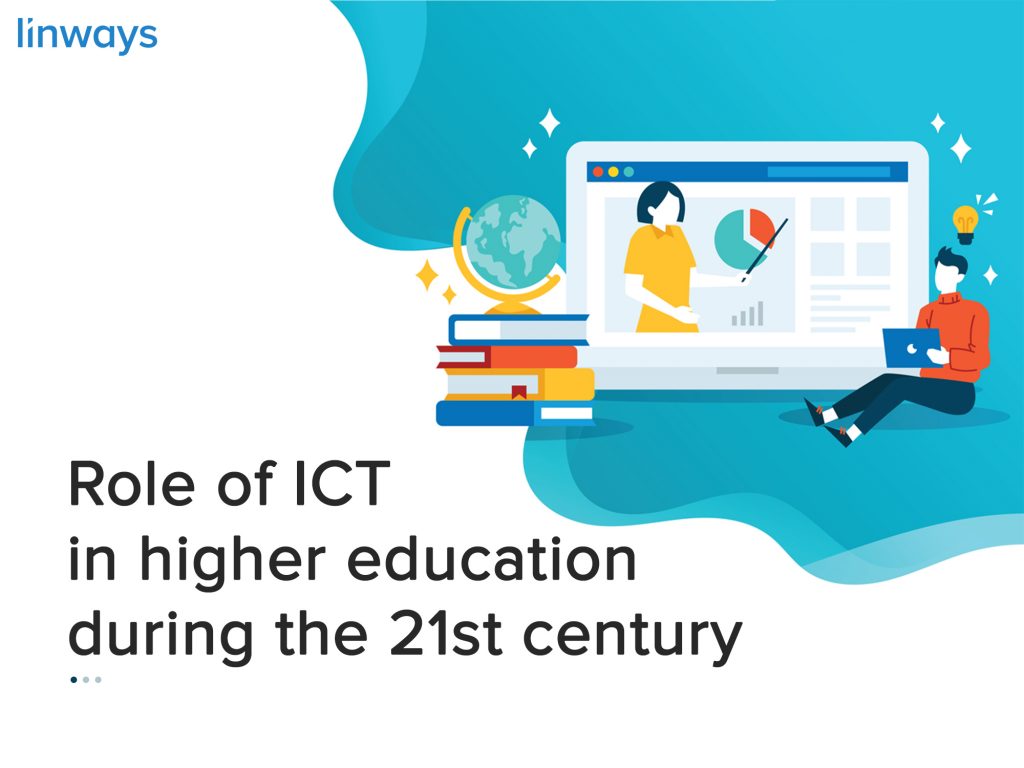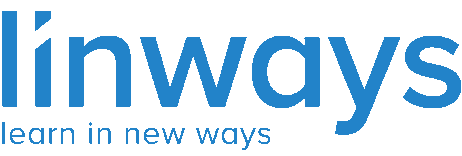
The advancement of education technologies and digital content development tools has made personalised learning available to wider audiences. Based on research and practical evidence there are several advantages of ICTs in learning:
- ICTs can present content in an engaging and attractive form.
- ICTs help teachers to record and constantly monitor the progress of each student.
- ICTs allow customized delivery of relevant education material to each individual learner.
- ICTs can build virtual social communities among diff erent educational insti institutions, teams of students or teachers.
- ICTs facilitate learning-to-learn skills.
- The latest innovations in ICTs (mobile tools, cloud solutions, etc.) allow to implement continuous learning processes in diff erent learning contexts and provide on-demand support to students.
Let’s see how ICTs enable the implementation of the abovementi oned components of personalized learning in the classroom.
Using ICTs for assessment of learning
Assessment in a classic educational institution is usually limited to several examinations at the end of completing the syllabus. The assessments are usually done using grades/marks and its primary goal is to compare students’ achievements with a set of predefined standards. More detailed assessment of students’ needs, abilities and progress has been too difficult to perform until now.
Adaptations of Academic Management Systems (AMS) helps make assessment easily manageable and more optimised throughout the learning process.
The complete data on students’ progress including multiple-choice tests results, portfolios, works in progress, feedback from classroom performances, etc. can be collected at the desired rate, and compiled in the desired format. Teachers can use this information to make data-driven decisions regarding the adjustment of instruction of each individual student.
Using ICTs for effective teaching and learning
Even the most advanced teachers have to use the universal teaching strategies to deliver course material to students in the traditional classroom. Thus, the ‘one size fits all’ approach is a coercive measure to keep classes going.
Information technologies make personalized instruction possible through the adjustment of learning strategies and content to each individual student. This approach has become highly popular in e-Learning, but it can also be implemented in the classroom, when selective delivery of digital content becomes a part of personalized instruction.
Blended Learning is the combination of multiple approaches to learning. It is usually used to define a situation where different delivery methods are combined together to deliver a particular course. These methods may include a mixture of face-to-face learning, self-paced learning and online classrooms.
Using ICTs for curriculum personalization
Students within a group in the typical classroom environment have to follow the same learning program at a pace that allows even poor achievers to master the material. This undermines the progress of talented students.
With the use of academic management platforms and limiting accessibility constraints through mobile-learning, not only learning paths, but also curricula can be personalized for every student. Each person in the classroom can be presented with the material he or she needs. A learning management system will keep track of the advancements of every student in the class, ensuring that the core material will be covered by everyone, but also giving the best achievers an opportunity for in-depth intensive teaching.
How the use of IT changes the organization of educational institutions
The emergence of information technologies hasn’t changed educational institutions as such. In most of them, computers are still primarily used as tools for teaching information technologies and don’t change the way students learn other subjects.
When used for personalized teaching and learning, computers and mobile devices transform the respective processes and also change the organization of educational institutions. The classroom layout is redesigned to reflect the shift of attention from the teacher to students. Instead of typical rows of tables, classroom setup can be organized in such a way that students – equipped with individual computers or tablets – will be facing each other and the teacher.
New role of teacher
Most teachers can encounter some transitional problems when implementing the personalized learning approach. And this is not surprising. Similar problems can be encountered by their students when they move from conventional learning programs to this new, open and customizable learning environment. To adapt themselves to the new teaching model and to smooth their students’ transition to this model, teachers need to develop new pedagogical approaches. Their role shift s from instruction to mentoring, advising and consulting.
Teachers should acquire some new skills in the effective use of information technologies, mentoring, mediating values and encouraging self-motivation. They should also systematically evaluate their students’ activities. Teachers are key to the successful implementation of personalized learning. To understand and apply the new learning methodology, teachers themselves need extensive learning opportunities. This implies that the professional development of teachers should be viewed by policy-makers as a top priority.
Check out our other blogs on education, accreditation, learning theories, and technology here:
And be sure to subscribe before you leave to get the latest updates on education, and great content on teaching-learning.
Also published on Medium.




